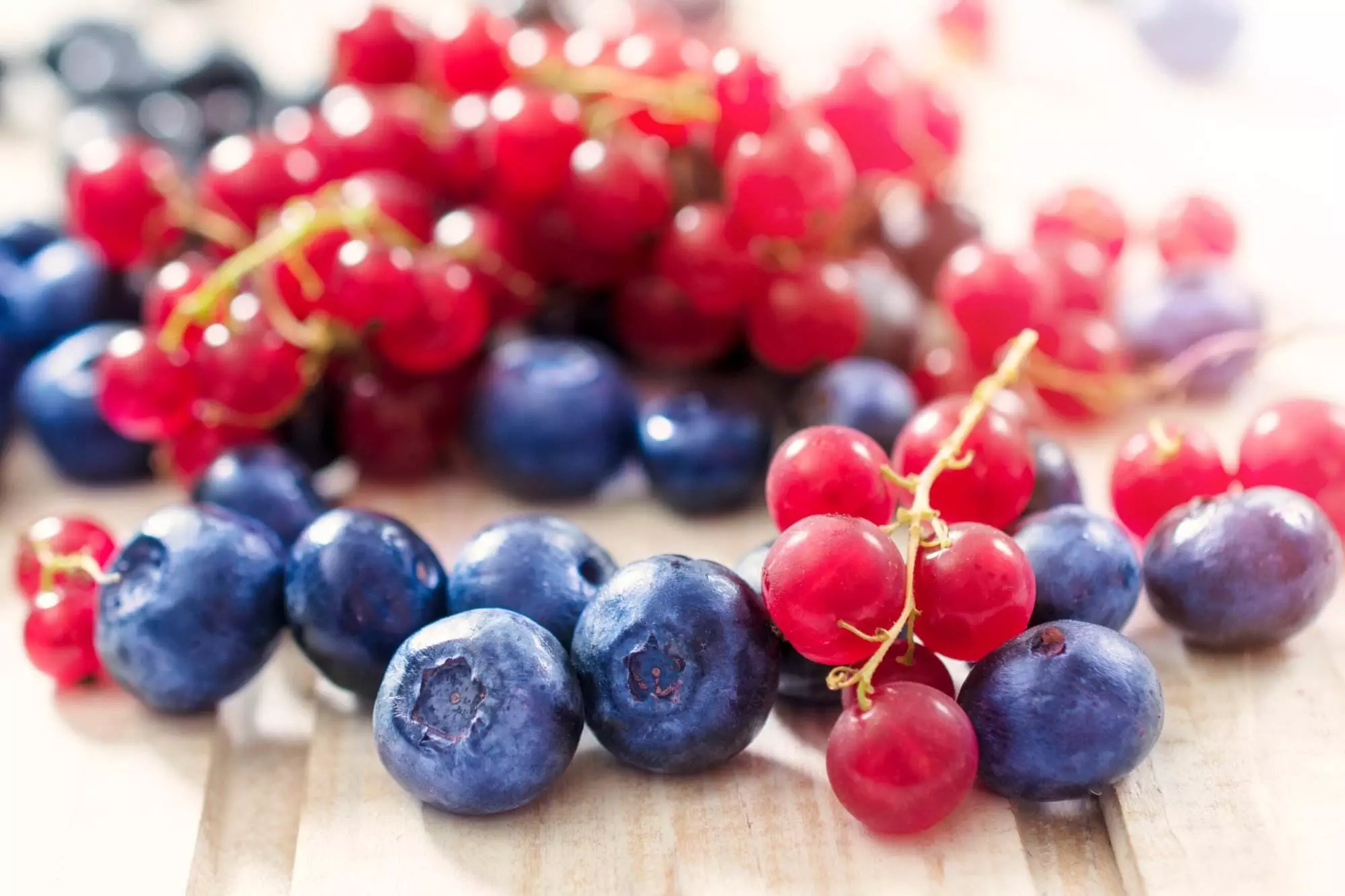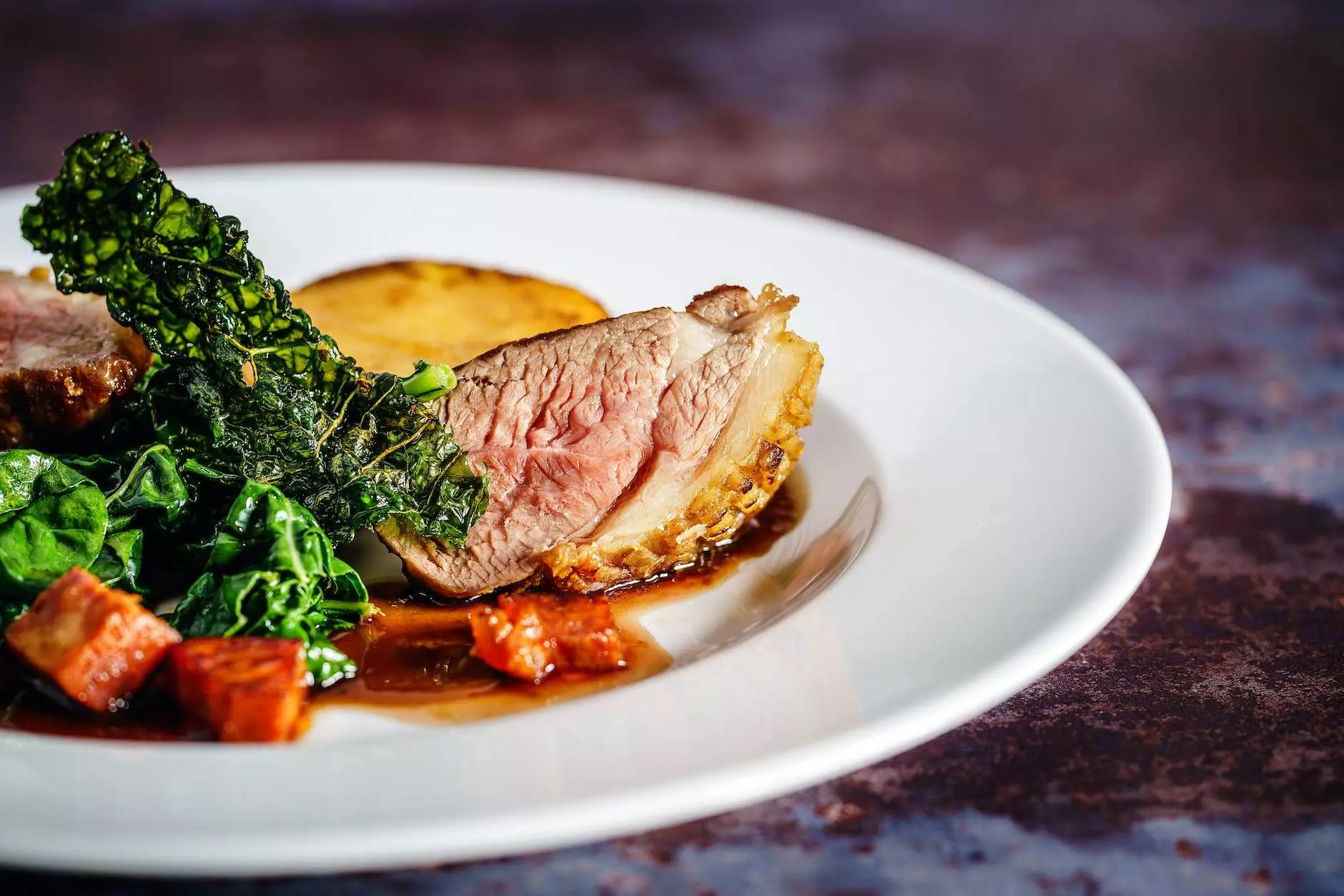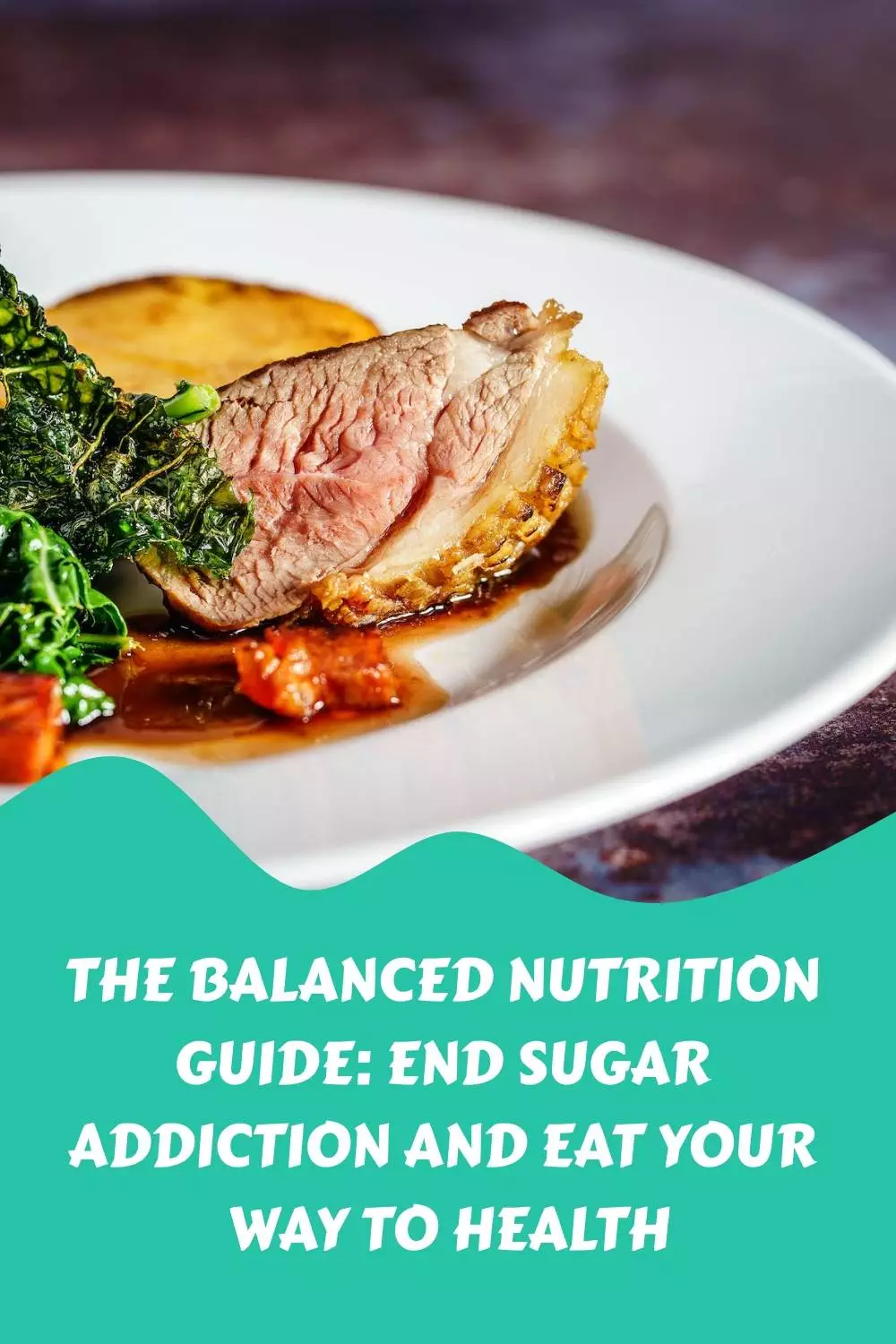Introduction to Balanced Nutrition
Balanced nutrition is a way of eating that involves consuming a variety of foods from all the food groups in appropriate proportions. It’s not about depriving yourself or following strict dietary rules, but rather about making healthy choices that nourish your body and provide it with essential nutrients. A balanced diet can help you maintain optimal weight, reduce your risk for chronic diseases like heart disease, type 2 diabetes, and certain types of cancer.
The Dangers of Sugar Addiction
Sugar addiction is real, and it’s no surprise that sugar has been linked to numerous health problems such as obesity, high blood pressure, and liver damage. When we consume too much sugar, our taste buds become desensitized, leading us to crave more sugary foods. This vicious cycle can lead to an unhealthy relationship with food and even contribute to mental health issues like anxiety and depression.
Creating a Balanced Diet Plan
A balanced diet plan should include whole grains, fruits, vegetables, lean protein sources, low-fat dairy products, and healthy fats. The key is to aim for Balance by including a variety of these foods throughout the day. For example, start your morning with a bowl of oatmeal topped with fresh fruit and nuts, have a salad with grilled chicken breast at lunch, snack on raw veggies with hummus, and enjoy a baked fish dinner with roasted sweet potatoes.

A Day in the Life of a Balanced Dieter
Here’s what a typical day might look like for someone who follows a balanced diet plan:
Breakfast – Overnight oats made with rolled oats, almond milk, banana, cinnamon, and honey; glass of orange juice
Snack – Apple slices with peanut butter
Lunch – Grilled chicken sandwich with mixed greens, tomato, avocado, and mustard on whole wheat bread; carrot sticks with tzatziki dip
Snack – Roasted edamame beans
Dinner – Baked cod fillet with rosemary potatoes and steamed broccoli; glass of red wine
Common Myths About Balanced Nutrition
There are several myths surrounding balanced nutrition that need to be debunked. Here are some common ones:
Myth #1: You need to eat a lot of meat to get enough protein.
Truth: While animal proteins do contain complete amino acids, there are plenty of plant-based sources of protein that can meet your daily needs. Think legumes (like lentils and black beans), quinoa, tofu, tempeh, and seitan.
Myth #2: Fruit is bad because it contains sugar.
Truth: Yes, fruit does contain natural sugars, but they come packaged with fiber which helps regulate digestion and prevent spikes in blood sugar levels. Plus, most fruits are low in calories and rich in vitamins and minerals.

Conclusion and Final Thoughts
balanced nutrition isn’t just about what you eat, but how much you eat. By listening to your hunger and fullness signals and choosing a variety of wholesome foods, you can create a sustainable and satisfying diet that supports your overall health and wellbeing. Remember, moderation is key, so don’t feel guilty if you indulge in something delicious every now and then.











